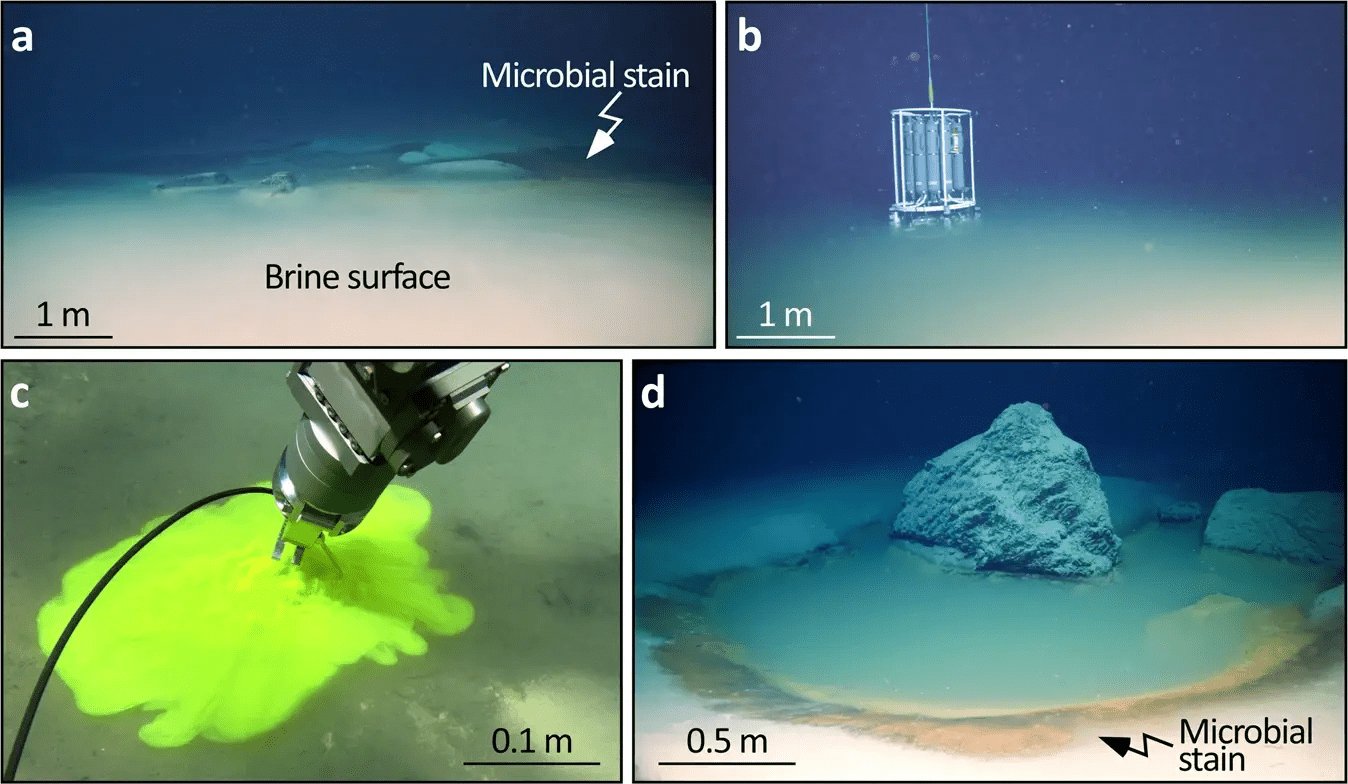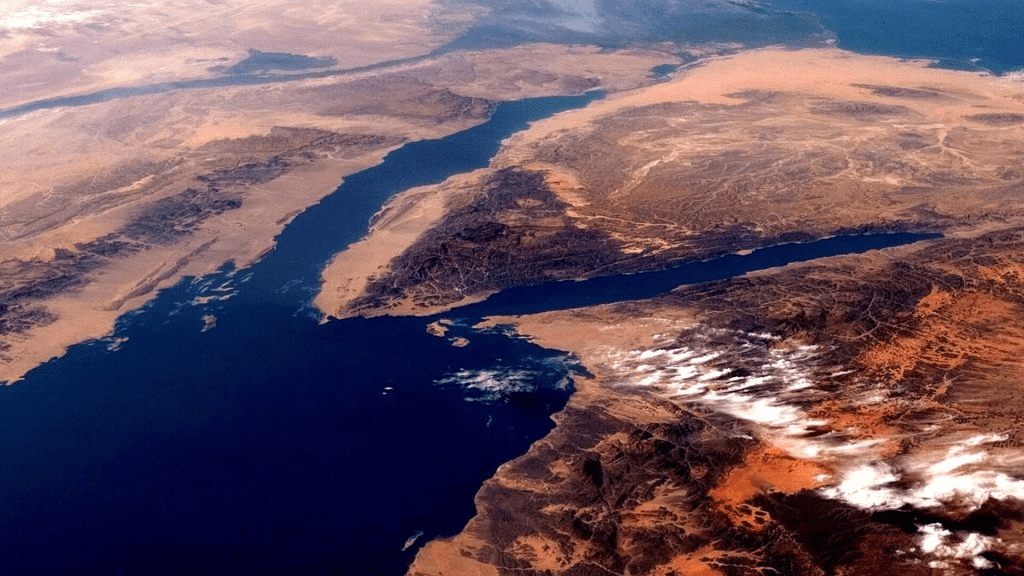Deep beneath the ocean’s surface, hidden in the most extreme corners of the underwater world, are brine pools—hypersaline lakes nearly impenetrable and lethal to most marine life.
A team of researchers from the University of Miami recently discovered brine pools at a depth of approximately 4,000 feet in the Gulf of Aqaba, a region historically linked to the biblical tale of Moses parting the sea. This discovery, made during a deep-sea expedition, sheds light on these mysterious underwater lakes and their potential significance in understanding the origins of life.
Brine pools are notorious for their extreme conditions. With water nearly ten times saltier than regular seawater and a complete lack of oxygen, they create a toxic environment that is deadly to most marine creatures. Any fish or invertebrate that mistakenly ventures into these waters faces immediate paralysis or death. However, while the pools themselves are inhospitable, predators patiently wait along the edges, preying on the unfortunate victims that succumb to the brine’s effects.

Dr. Sam Purkis, chair of the Department of Marine Geosciences at the University of Miami, led the exploration using remotely operated underwater vehicles (ROVs) aboard the advanced research vessel OceanXplorer. Reflecting on the discovery, Purkis stated, “We were very lucky. The discovery came in the last five minutes of the ten-hour ROV dive that we could dedicate to this project.”

The researchers believe that brine pools may provide insights into early Earth, as their extreme conditions closely resemble those of the planet’s oceans millions of years ago. Given that life on Earth is thought to have originated in anoxic (oxygen-free) environments, these brine pools could offer valuable clues in the ongoing search for extraterrestrial life. “Until we understand the limits of life on Earth, it will be difficult to determine if alien planets can host any living beings,” Purkis explained.
To date, only about 40 brine pools have been identified in the Red Sea, the Mediterranean, and the Gulf of America. Scientists view these pools as natural time capsules, preserving ancient sediment layers and offering a rare glimpse into Earth’s climatic and geological history. “Ordinarily, these animals bioturbate or churn up the seabed, disturbing the sediments that accumulate there,” Purkis noted. “Not so with the brine pools. Here, any sedimentary layers that settle to the bed of the brine pool remain exquisitely intact.”


